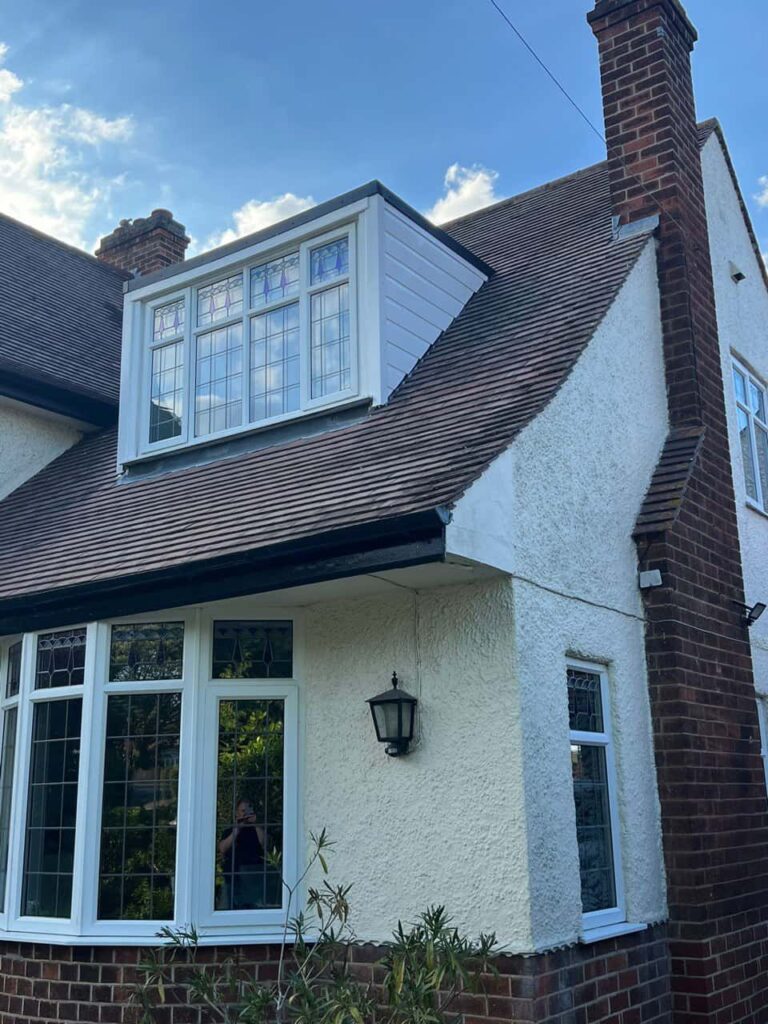Introduction: Regarding commercial roof repair, the focus often falls on visible components, such as roofing materials and shingles. However, roofing underlayment is a crucial element that plays a significant role in protecting your building from the elements. Acting as a secondary barrier beneath the outer roofing material, underlayment provides an extra layer of defence against water infiltration, wind damage, and other potential threats. In this guide, we’ll delve into the importance of roofing underlayment in commercial roof repair and its essential functions in maintaining a watertight and durable roofing system.
Waterproofing Protection:
One of the primary functions of roofing underlayment is to provide waterproofing protection for the underlying roof structure. Underlayment serves as a secondary barrier against water infiltration, preventing moisture from penetrating the roof deck and causing damage to the building’s interior. If water penetrates the outer roofing material, the underlayment acts as a backup defence, helping channel water away from vulnerable areas and protect the underlying structure.
Enhanced Weather Resistance:
Roofing underlayment also plays a critical role in enhancing the weather resistance of the roofing system. It helps to reinforce the roof’s ability to withstand wind uplift and other extreme weather conditions, reducing the risk of damage and ensuring the roof’s longevity. Additionally, underlayment provides an extra layer of protection against damage from hail, debris, and other environmental factors, preserving the roofing system’s integrity over time.
Condensation Control:
In addition to its waterproofing properties, roofing underlayment helps control condensation buildup within the roofing system. By creating a barrier between the roof deck and the outer roofing material, underlayment helps prevent moisture from accumulating and causing issues such as rot, mould, and mildew. Proper ventilation and insulation are essential to condensation control, working with underlayment to maintain a dry and healthy roof environment.
Types of Roofing Underlayment:
There are several types of roofing underlayment available, each with its own set of characteristics and benefits:
- Asphalt-saturated felt: Traditional roofing felt made from organic or fibreglass materials. It is durable, affordable, and provides good waterproofing protection.
- Synthetic underlayment: Made from synthetic materials such as polyethene or polypropylene, synthetic underlayment offers superior tear resistance, UV stability, and moisture protection compared to traditional felt.
- Rubberized asphalt underlayment: Combines the waterproofing properties of asphalt with the flexibility and durability of rubber. It provides excellent adhesion and sealing around roofing penetrations and edges.
Choosing the right type of underlayment depends on factors such as climate, roof slope, and budget, as well as the specific requirements of the roofing system.
Professional Installation and Maintenance:
Proper roofing underlayment installation is essential to ensure its effectiveness in protecting your commercial roof. Work with experienced roofing contractors who are knowledgeable in selecting and installing underlayment materials. Additionally, regular roof inspections and maintenance should be scheduled to check the condition of the underlayment and address any issues promptly to prevent water infiltration and prolong the roofing system’s lifespan.
Conclusion: Roofing underlayment may not always be visible, but its role in commercial roof repair is indispensable. Underlayment plays a vital role in maintaining a durable and watertight roofing system by providing waterproofing protection, enhancing weather resistance, and controlling condensation. Invest in high-quality underlayment materials and professional installation to ensure your commercial roof’s long-term performance and longevity.
Call us on: 0115 647 1193
Click here to find out more about Keyworth Roofing Repairs
Click here to complete our contact form and see how we can help with your roofing needs.

